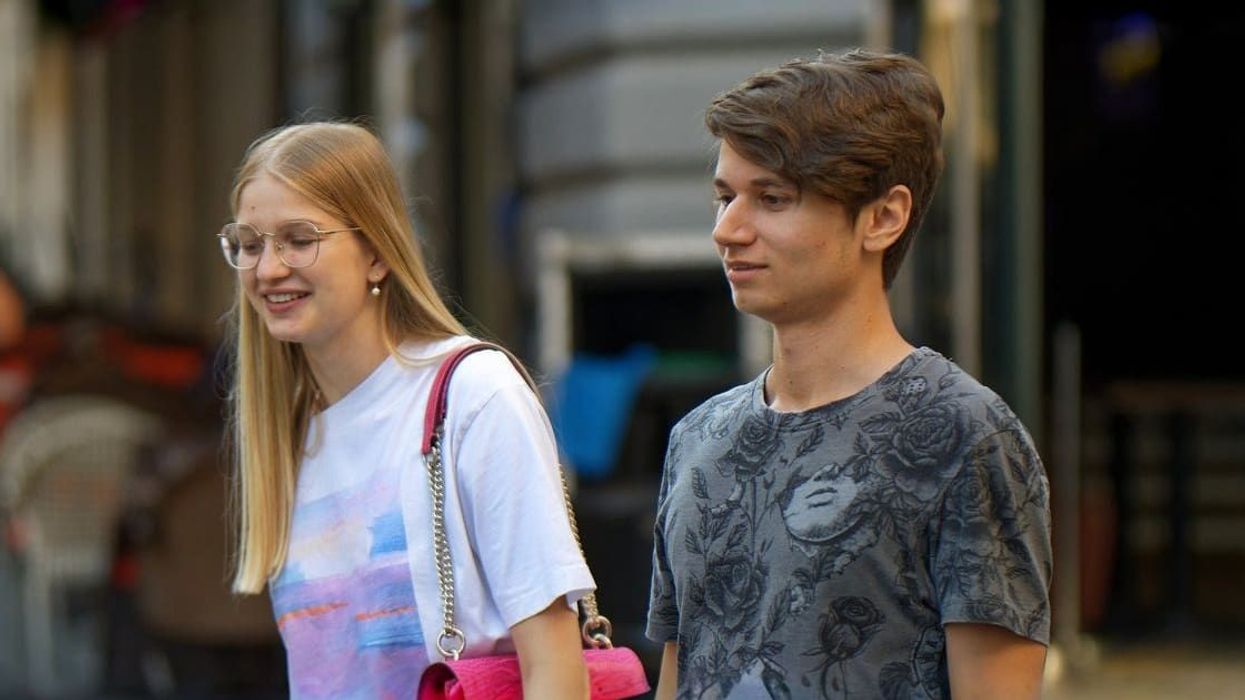Last month, the Electronic Sports League, a major organizing body in the world of e-sports (with 1 million registered teams and 5 million registered members) unveiled a new, comprehensive list of all the drugs it will now ban and randomly test for in gaming competitions. To many, this news—and the very notion that you might need anti-doping regulations for video games—probably sounds absurd. But anyone familiar with the increasingly popular and lucrative field probably acknowledges that some anti-doping regimen was in order. Yet while most of the ESL’s new list makes sense, there are some troublesome inclusions and implications that risk altering the unique character and appeal of e-sports. Fortunately, there are many ways in which the ESL’s regulations and trajectory can be tweaked to accommodate the peculiarities of gaming. They’ll just require a little thought, time, and observation over the coming months of ESL tournaments.
E-sports organizations have been around for decades now. The ESL itself was founded in Cologne, Germany in 1997. Yet for ages competitive gaming was a low-stakes, low-key affair for most of the world. Within the past couple of years though, the industry has grown massively. Organizations like the ESL organize dozens of tournaments a year, drawing hundreds of thousands of spectators. Streaming services like Twitch have brought these events to millions more—some estimates say that there are up to 113 million gaming fans out there, numbers rivaling traditional sports. E-sports leagues have also allowed fans to interact with competitors in a way they never could before, which has made corporate sponsorships (mainly for sugar- and caffeine-laden beverages said to help with focus and reaction time in the digital world) a possibility.
ESPN broadcasts e-sports now. Some colleges offer e-sports scholarships. The United States even acknowledges gamers as sports competitors through visas. But most importantly, salaries, global industry revenues (estimated to reach $250 million in 2015), and prize payouts (which will cumulatively reach about $71 million this year) have all skyrocketed within a couple of years. The growing stakes have fueled rumors for years that competitors might be turning to drugs to give them an edge. Adderall, a commonly abused amphetamine salt that grants users increased concentration and energy and decreases hunger, is especially implicated, but other amphetamines and steroids have also caused worries.
For all the concern about shifting incentives and drug abuse, to date it hasn’t been a major problem—at least compared to other forms of cheating like hacking, match fixing, and win trading. Most organizations got by with general codes of conduct, like the ESL’s Section 2.6.4, barring players under substance influence from participating in tournaments, because they’ve only ever caught one or two people in compromising situations. The ESL claims that it only ever had to toss a person out of a tournament for substances once—and that individual was drunk. Still, recognizing changing winds and tides, the ESL and other organizations admit that they had been considering a gradual shift towards a more professionalized, starkly defined, and monitored anti-doping policy for some time as a largely precautionary and culture-building measure.
Then on July 12, Kory “SEMPHIS” Friesen, formerly of the Cloud9 gaming team, casually admitted in a YouTube interview that he had used Adderall before a Counter-Strike: Global Offensive tournament hosted by the ESL in Katowice, Poland this March with a $250,000 prize. The 26-year-old Abbotsford, UK resident was just trying to explain why communications between his teammates had been so chaotic. But in the process he implicated his whole team and the entire gaming community in a widespread culture of Adderall abuse at the very least, claiming that they saw it as their best bet to end a losing spell by giving themselves a focus boost.
Friesen wasn’t endorsing Adderall. He admits that it didn’t do much to help him or his teammates because while it improved individual achievement, it made teamwork hectic. His now-ex-team, which dropped him soon after that event because of the aforementioned losing streak, has denied his allegations. (He then signed with a team called Nihilum in April, leading some to suspect that he’s trying to sabotage the folks who cut him loose with nasty allegations.) And the ESL, with no means of testing for Adderall four months after the fact and no proof that Friesen wasn’t just talking out of his ass, has decided not to penalize him or Cloud9.
But this admission, false or not, did push ESL to move faster on developing a drug policy in time for their One Cologne competition last month, showing off their ability to handle allegations and build their nascent legitimacy. Within days of Friesen’s interview, the league announced that they would cooperate with the World Anti-Doping Agency and Germany’s National Anti-Doping Agency on a plan that would preserve the integrity of events and the privacy of players, intending to use skin swab tests at tournament sites in the future.
So when the ESL released their policy this month, everyone was expecting it. And the inclusion of Adderall and other amphetamines on the list made a whole lot of sense. (They also switched to mouth over skin swabs and established a procedure for legitimate Adderall use to be recognized and exempted with a doctor’s note.) But it was hard to notice that most of the list seemed directly yanked from drug prohibitions used for live Olympic sports, raising questions as to whether this list might be more about looking like a traditionally legitimate sport than bringing a unique brand of legitimacy to the digital world of competitive gaming, with all its peculiarities.
Notably, the list bars the use of marijuana, but not in total as for other drugs—just from the start to end of a competition. Pot’s lethargy and calm don’t necessarily have a lot of apparent benefit to gamers. And the pains ESL took to stress that they’re okay with it outside of tournaments shows that, in some ways, they know the playing field they’re mediating is different from that of traditional sports. They’ll functionally focus on amphetamines first, and then perhaps beta-blockers that lower blood pressure to relieve stress in the future. But their careful parsing of the weed issue made them seem a little defensive about some inclusions on the list. And invoking pot at all (hardly a performance-enhancer in this case) has just led some people to see the doping standards as a copy-paste of guidelines from other arenas that bear no resemblance to their unique, modern pastime. This, and the somewhat wishy-washy, case-by-case nature of punishments for infractions (anything from the forfeiture of prize money to a two-year participation ban) makes the list seem more like rapid-fire adaptation of live-sporting standards in search of respectability.
Copying live models for digital sports comes with complications. ESL representatives have, for instance, acknowledged that policing their new policies will be difficult when competitions are scattered all around the world, and low-level gamers often participate from home where no one can monitor them. So they’ve floated the idea that they might have to adapt a more live-sports mentality, drifting towards single-location and traditionally structured gaming throughout. But this, rather than reaching for legitimacy, may end up destroying some of the joys of competitive gaming. Gaming is a modern sport insomuch as it represents the most egalitarian and international elements and ideals of modern life, allowing even those remote from the physical center of the action to pursue their passions and take part in a global phenomenon. It would also take a serious bite out of the cultural ethos and styles of interaction people have grown accustomed to, slowly moving e-sports towards tradition rather than inventing something innovative and exciting.
Fortunately while the ESL is massive and venerable (founded, gasp, all the way back in 1997), they are far from the only e-sports organizing body out there. None of the world’s other gaming organizations have firm drug policies on par with what ESL has created (although South Korea’s International e-Sports Federation did implement specific rules just for their world championship games). Nor have any of them had an incentivizing scandal like the Friesen affair. So other leagues will now have time to see the successes and pitfalls of the ESL’s plan, developing their own policies as necessary and gradually converging towards a global e-sports anti-doping norm.
What that norm will look like is unclear now. We have to wait to see both how the possible model change hinted at in the ESL ruling evolves and lands with players and fans. We’ll also have to see what the ESL’s testing data reveals about drug abuse, and how well deterrence works in any form. But ideally, as that data comes to light, it will allow other e-sports organizations to develop norms that preserve the global, inclusive, and peculiar nature of competitive gaming. By that token, maybe e-sports can start to develop its own internal sense of legitimacy, freed by success and time from the need to mimic traditional sporting for some elusive sense of authenticity or authority. If the e-sports community can do this, the world can continue to establish a truly novel and zeitgeisty sport.
















 Otis knew before they did.
Otis knew before they did.